-
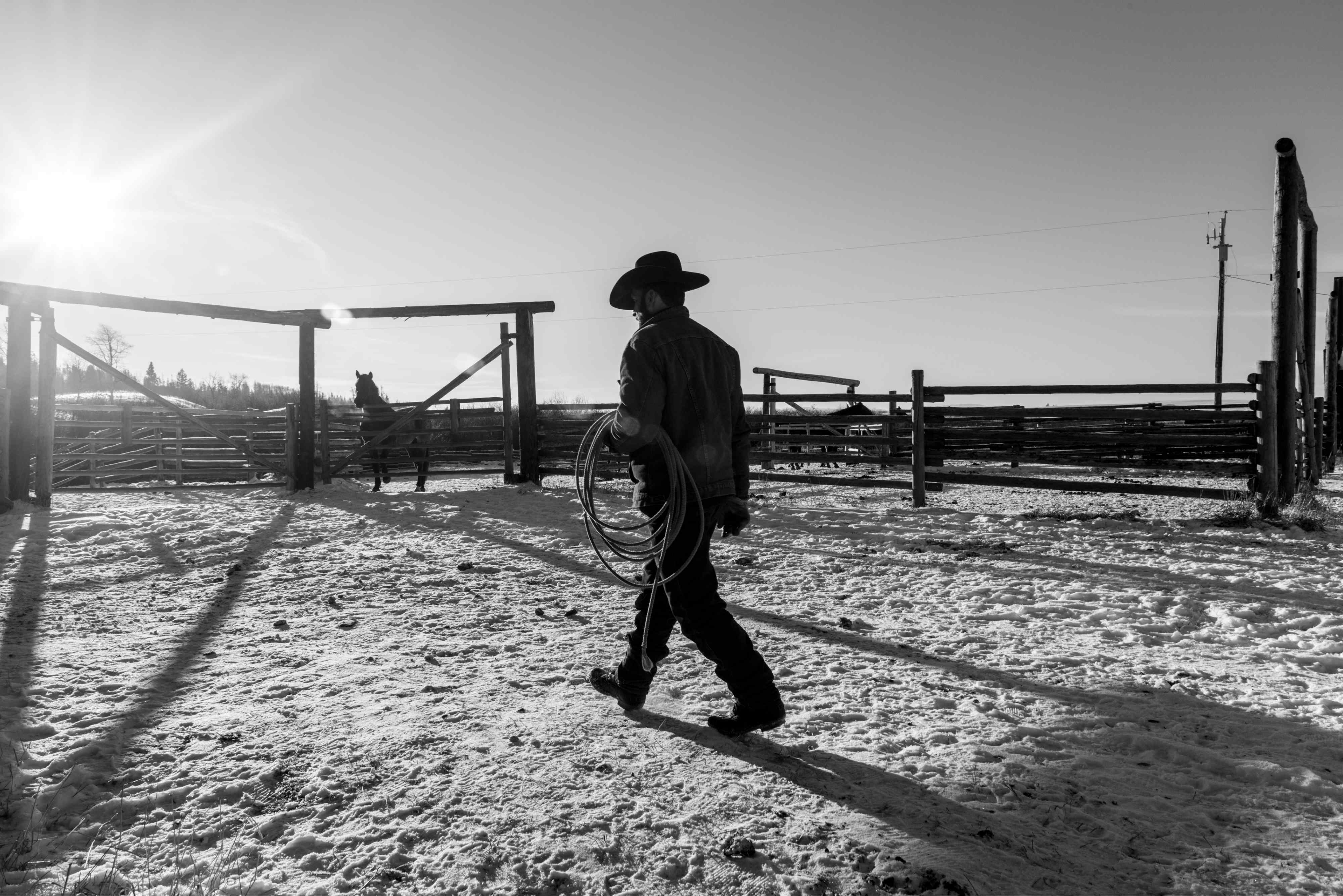
Steve Brewer, photographed at Douglas Lake Ranch, British Columbia.
-
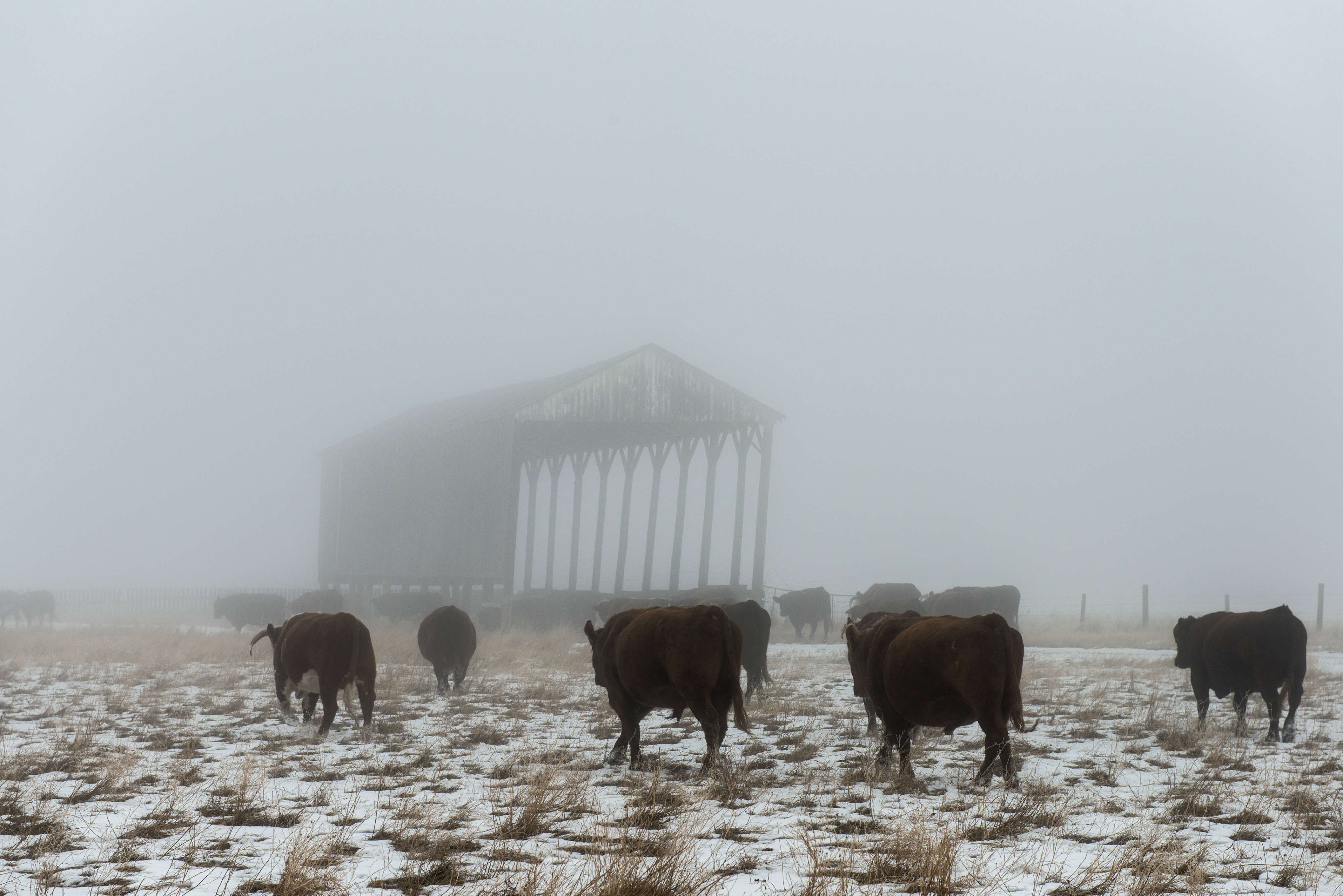
McIntyre Ranch, Alberta.
-
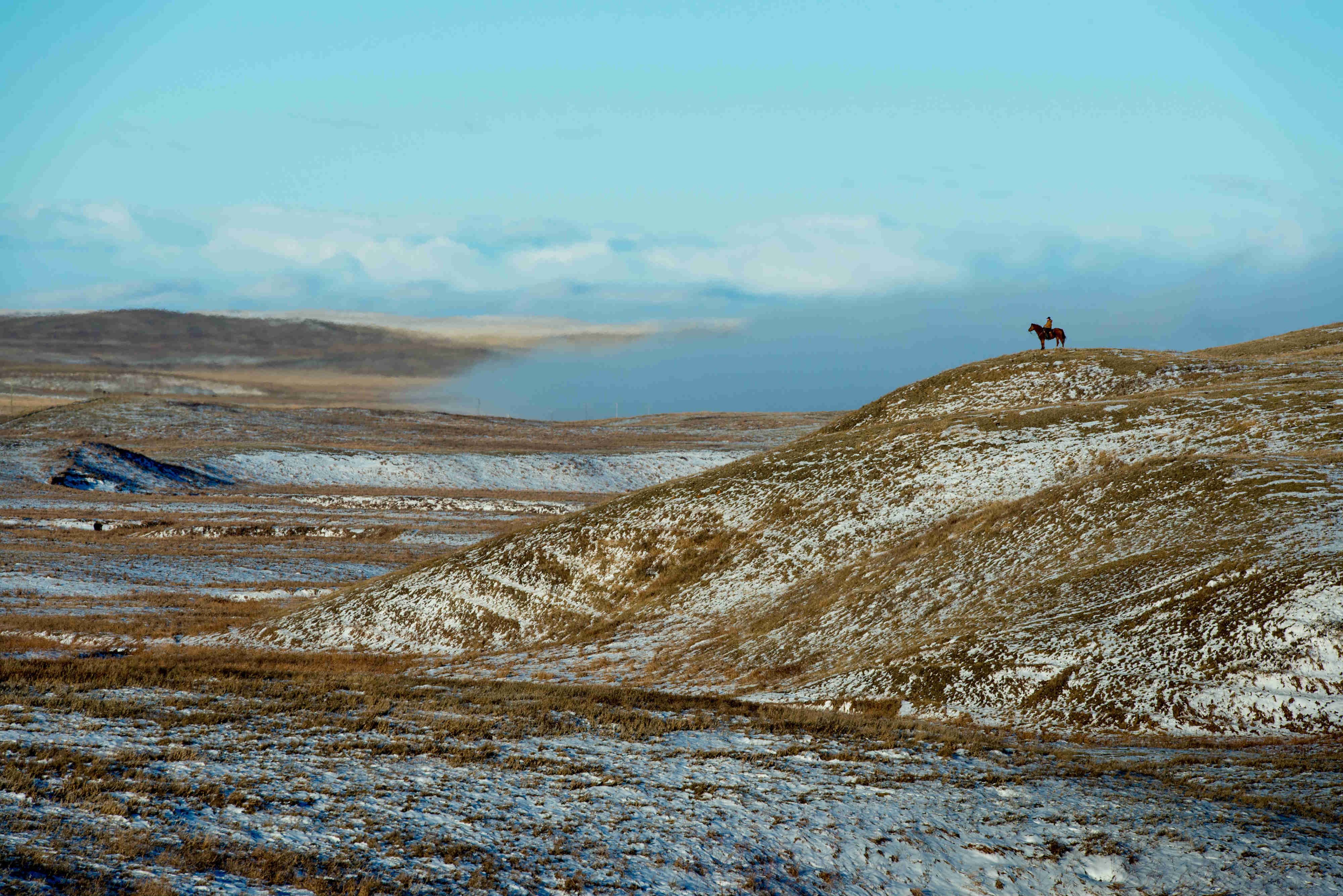
McIntyre Ranch, Alberta.
-
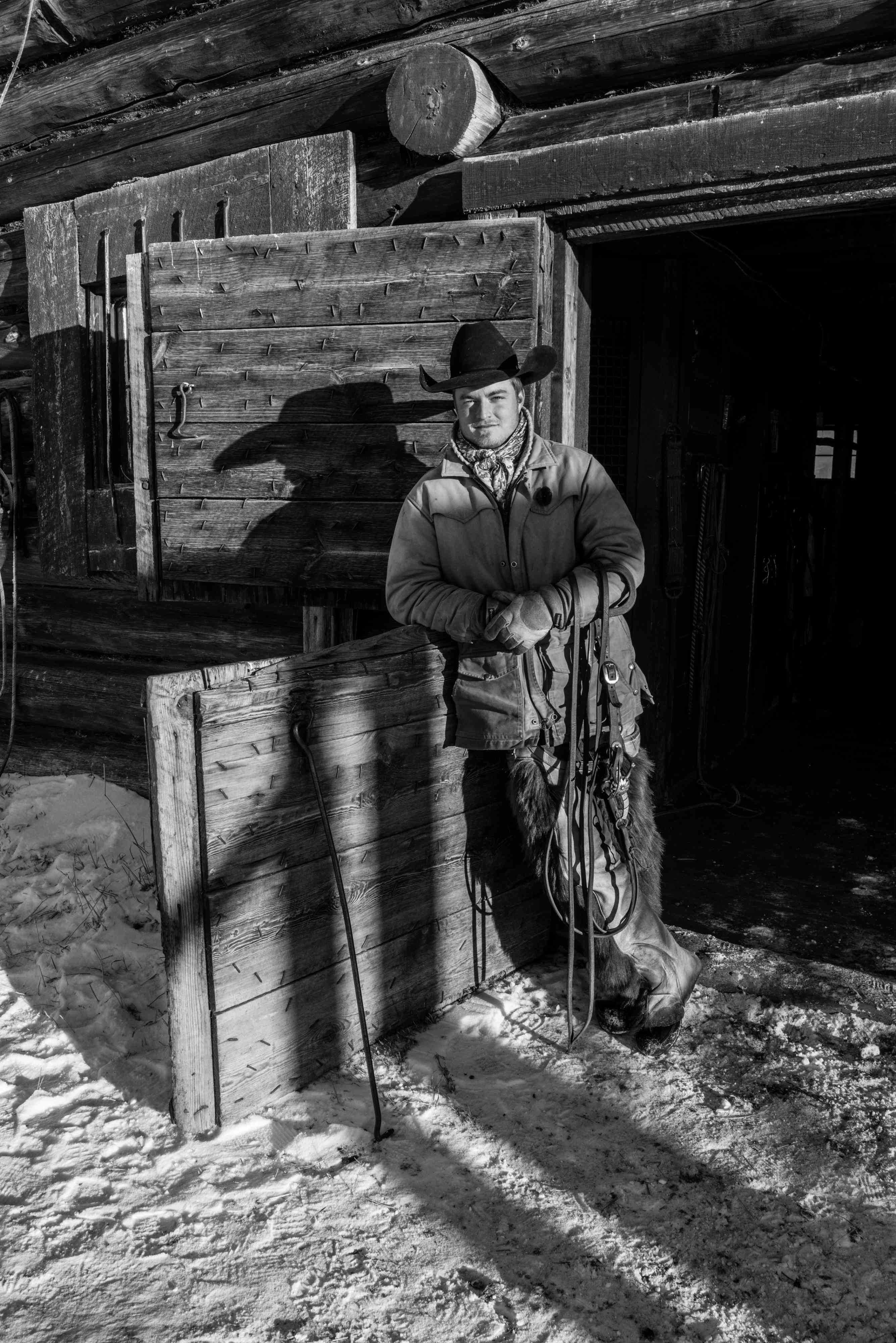
Gregg Speller, photographed at Douglas Lake Ranch, British Columbia.
-

-
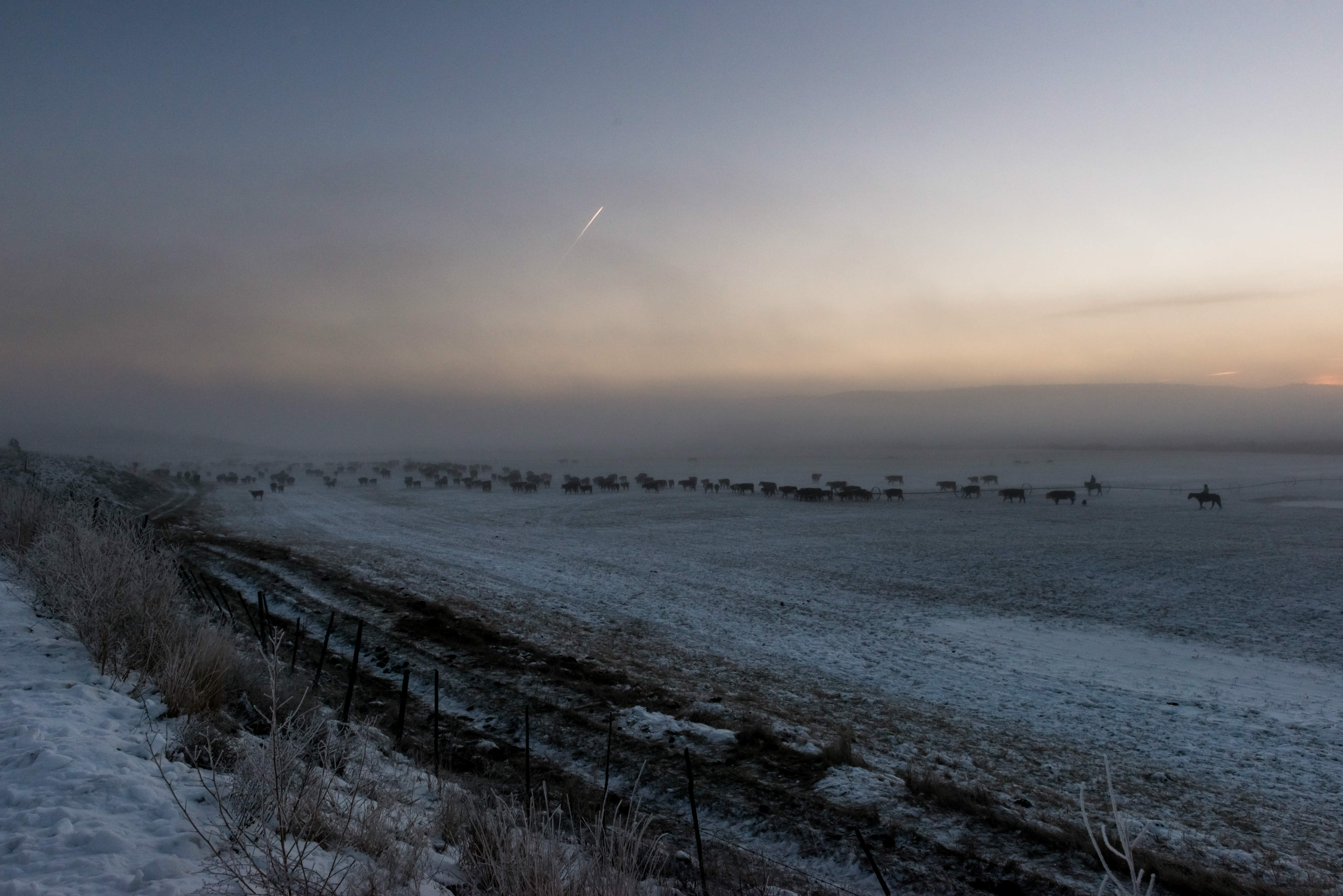
-

-
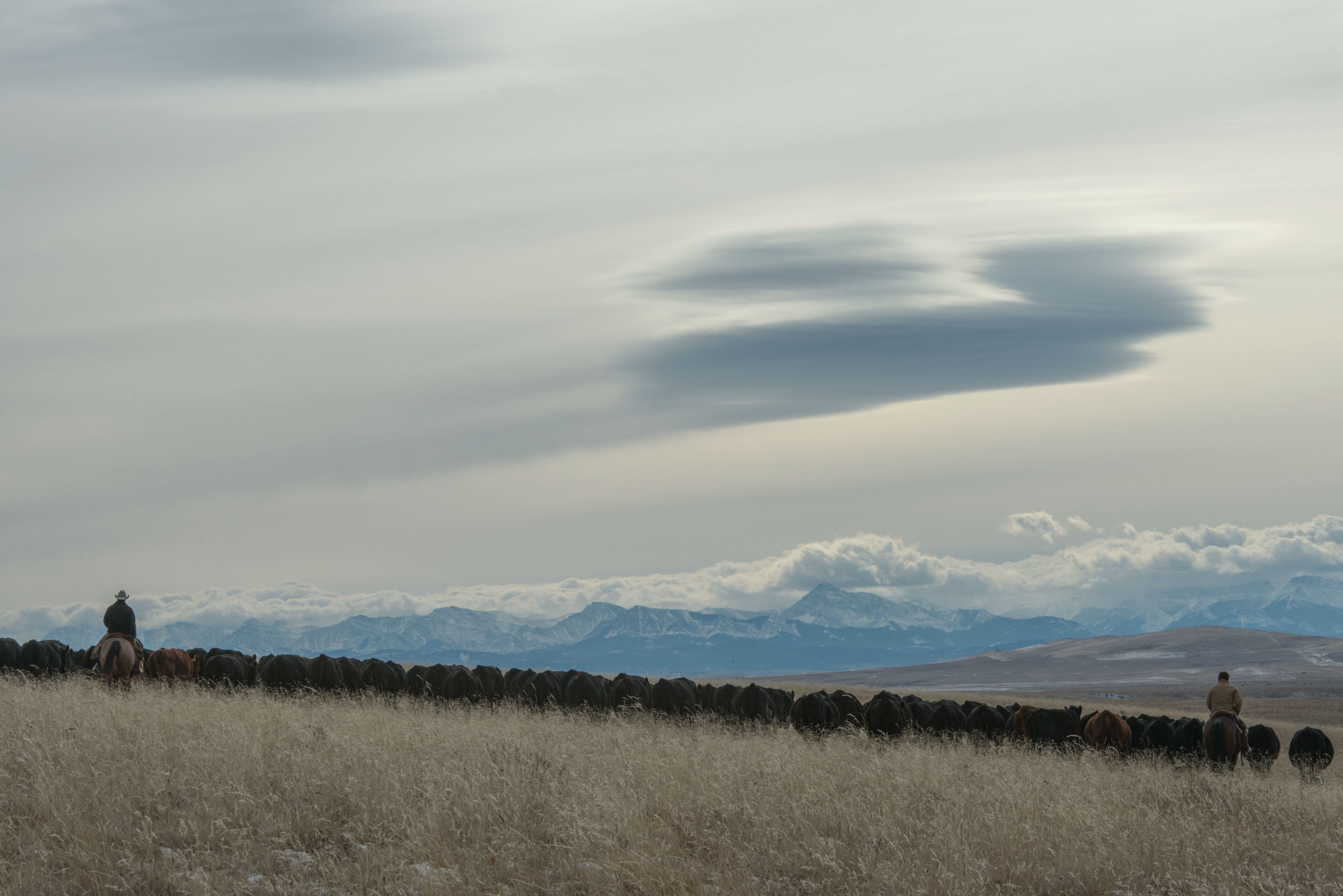
The Last Cowboys of Canada
Photographer Luis Fabini documents a changing culture.
Uruguayan-born, Brooklyn-based photographer Luis Fabini has immersed himself in cowboy culture for over a decade, travelling through North and South America to document a traditional way of life on the outskirts of society. His new photography collection, the stunning Cowboys of the Americas, with text by Canadian anthropologist and explorer Wade Davis, elegantly captures the enduring spirit of cowboy culture—with a chapter dedicated to the struggling ranchers of the Canadian West. Here, Fabini muses on the inspiration for his immense undertaking, and shares stories from his life, and time spent photographing the ranchers of British Columbia and Alberta.
On Cowboys of the Americas.
My “Gauchos” [cowboys] project, came to me during my meditations. I dug into my memories like an archeologist, excavating my earliest recollections in Uruguay where I spent summers on an estancia—watching the sunrise, galloping across the open range, smelling the horses, the bonfire, the eucalyptus leaves. The life of the gaucho (Uruguayan cowboy) was a mystique through which I could reconnect with my roots—the ritual of drinking mate, the rough hands and face marked by years of hard work, the profound silence in which the gaucho lived. On the morning of my 38th birthday in 2003, with a camera, a few rolls of film and twenty dollars in my pocket, I hitchhiked to northern Uruguay in search of what was left of the authentic gauchos, the sons of this austere land.
One day, on the border of Uruguay and Brazil, I shared mate with an old gaucho sitting under a tree by the side of the road. I asked him, “Who is the gaucho?” He took a sip and said, “The gaucho is the land he treads upon.” At that moment something clicked, and the notion that gaucho, horse, and land are one solidified as the basis of my inquiry and my work. I felt anchored as a photographer and for the following two years, I combed Uruguay searching for, living amongst and photographing gauchos.
As I journeyed, my interest in cowboys grew beyond my native land. I immersed myself in a 10-year project which grew into Cowboys of the Americas, a portrait of saddled soul brothers in their respective environments; an investigation of how “the land they tread upon” shapes each of them. I set out to photograph the most formidable relationship ever forged between man and animal—cowboys in the grasslands of Nebraska and the freezing terrain of Canada, the volcanic highlands of the Andes, and the wetlands of the Brazilian Pantanal.
On memories of Canada.
My encounter with the wild buffalo, or bison, roaming freely in their natural habitat, in the openness of the prairie hit me hard, and all the memories that were so dear to me as a child, of the adventures of the Native Indians and the buffalo, came pouring back.
‘‘Bison are always on the move,’’ said Wes Olsen, specialist in bison and my guide. In the grasslands of Southern Saskatchewan, he remembers the freezing winter of 2010-11. ‘‘It had got down to -65º F, and any animal left to the wind suffered. But not the buffalo. They were up on the exposed ridges and hilltops, completely immune to the cold—no frost injuries for them.’’
In cold Canada, where ranching life can be hard its people are still tender. I had the privilege of meeting intelligent, open and affectionate people who made my time amongst them the most productive and educating. Looking to find the Canadian Cowboy, I stayed at the McIntyre, the Douglas Lake, and the Waldron ranches. Everyone I met was happy to share their heritage; and furthermore, was ready to take action to preserve it.
‘‘The Milk River Ridge runs from the Rockies east, almost to Saskatchewan, and divides these eastern slopes of the Rockies in half,” Ralph Thrall, general manager at the 87,000-square-mile McIntyre Ranch, told me. “Everything on this side goes to the Hudson Bay; all the water on the other side goes to the Gulf of Mexico.” During the winter they feed only the weaned calves and the bulls, since frozen testicles can render a bull useless.
‘‘At the McIntyre the functionality is remarkable. It is hard work, extremely demanding. It is a way of life, and it requires a great deal of responsibility,’’ Ralph explained. ‘‘Calving is a 24-hour-a-day job, with two 12-hour shifts, covered by three of the cowboys during a six- to eight-week job.’’ Traditionally, cowboys will not stay at one place for very long, but the McIntyre Ranch is run by a steady, full-time, year-round crew. Every cowboy wants to work at the Douglas Lake Ranch, the largest in Canada, with 191,000 acres of privately owned land and 450,000 acres of government grazing land. The ranch manager, Phil Braig, says, ‘‘We have 20,000 head of Hereford and Angus of exceptional quality. On average the base herd will consist of approximately 4,500 heifers and 2,500 black baldy cows, as well as 450 bulls, producing in the range of 6,600 calves a year.”
All work is done with quarter horses at the ranch; each cowboy has ten horses he will rotate throughout the year. These horses really shine when working with cattle. They love their job as much as the cowboy does. During winter, horses are kept shod because of the ice and frozen ground. The ranch is divided into two camps, the North Camp and the South Camp, with different crews working in each one. One frigid day, I accompanied 12 cowboys from the North Camp as they drove the cattle halfway to the ranch; the crew at the South Camp then took the cattle the rest of the way.
On the fragile biodiversity of the Canadian prairies.
Mike Roberts, general manager at the Waldron Ranch, describes how the ranch got started: ‘‘Around 1880 the Natives were seen as a problem to the interests of English investors establishing their cattle ranches, and also bringing with them the railroads all across Canada. So a master plan was designed; given that it was easier and more practical to shoot buffalo than people, they hunted the buffalo almost to extinction. The government signed the treaties with the Natives, guaranteeing they were going to feed them and help them get going. The Waldron Ranch was established to raise cattle and also to feed those living at the nearby Reserve. Having the land and the market, they trailed from the state of Montana 3000 head of cattle, and started the ranch’’.
‘‘The cattle and the grass are the focus of the operation. Without water, there would be no grass and in order that grasses remain healthy, they ought to be rejuvenated. Long ago this occurred naturally with the buffalo and the natural fires. Nowadays, however, grazing must be utilized,’’ Larry Simpson says, adding that the Nature Conservancy of Canada has successfully engaged ranchers. The Nature Conservancy of Canada and the Waldron Ranch signed a historic conservation agreement; for the first time two seemingly antagonistic sides—ranchers and conservationists—sat together at a table searching for common points of interest to preserve this huge corridor of land that is home to bears, elks, moose, deer, golden eagles, and buffalo without removing cattle and cowboys. The resulting agreement assures that the land will not be subdivided and that the wildlife will be preserved forever.
Cowboys of the Americas will be published October 8 by Greystone Books.




